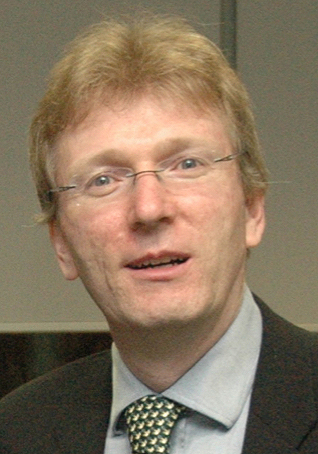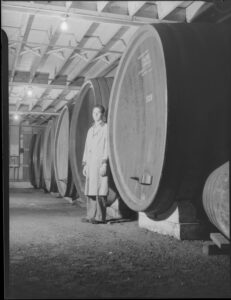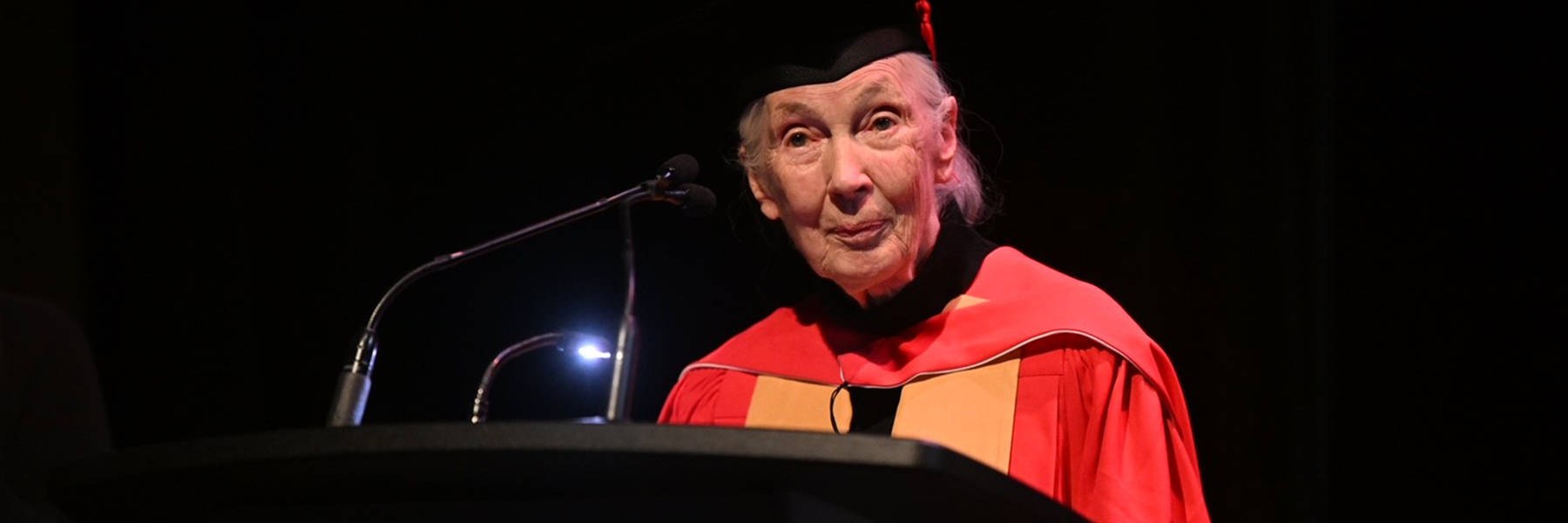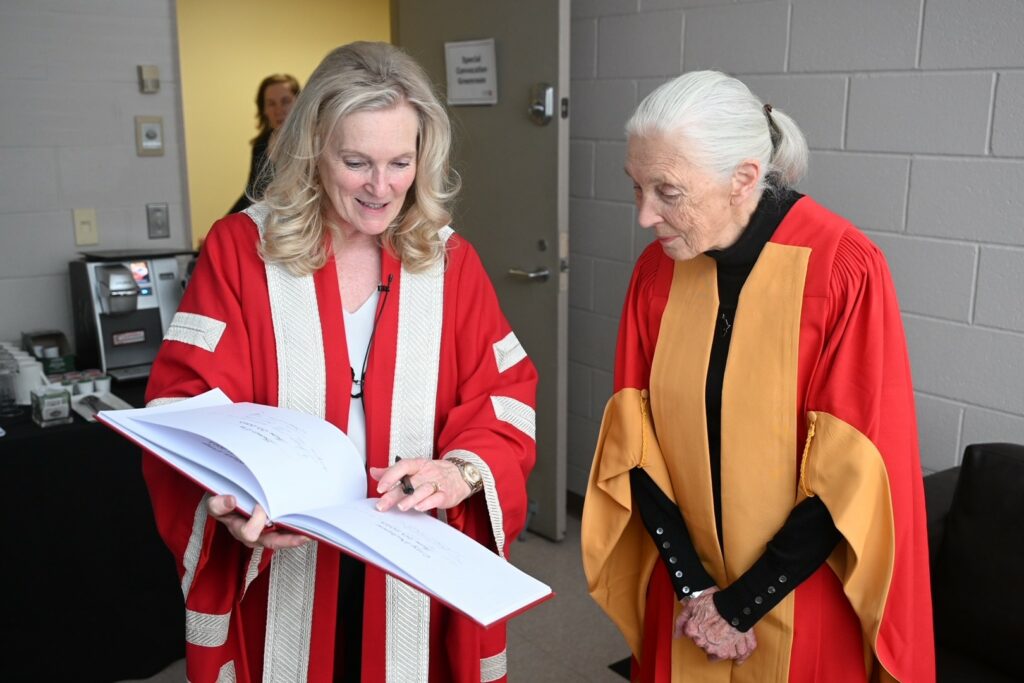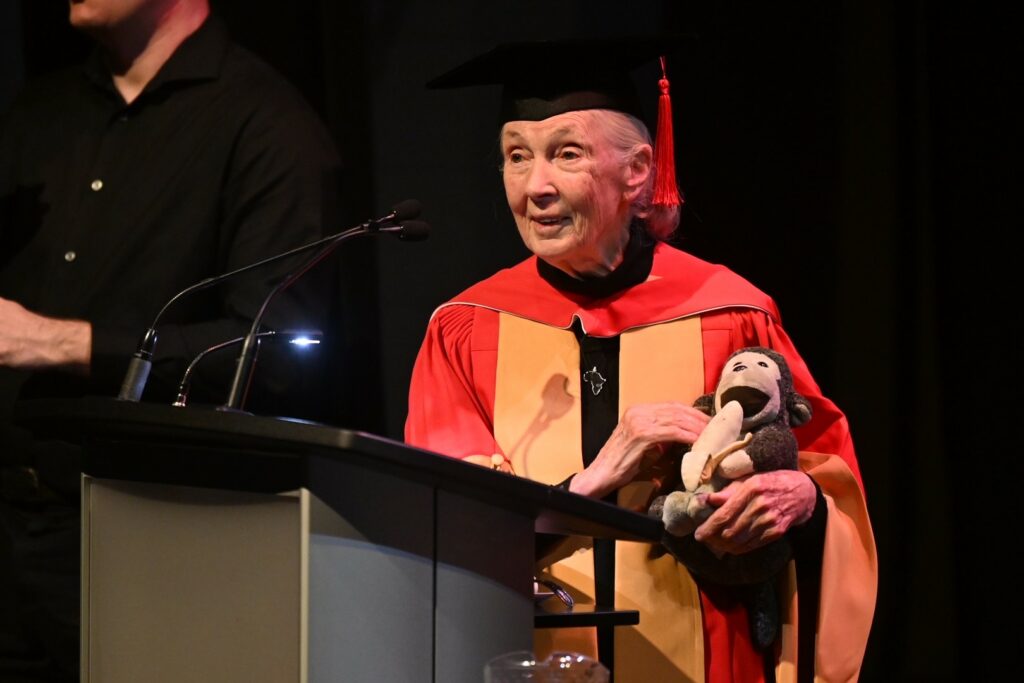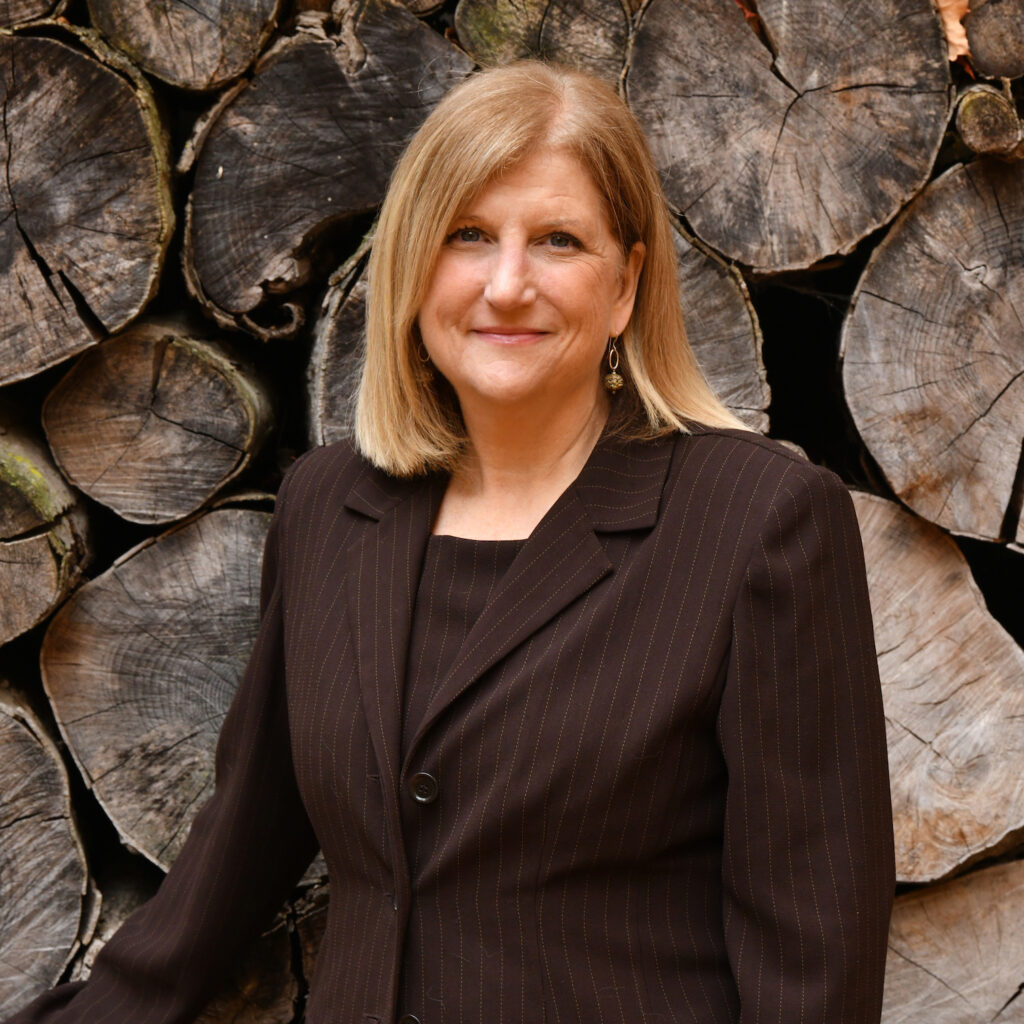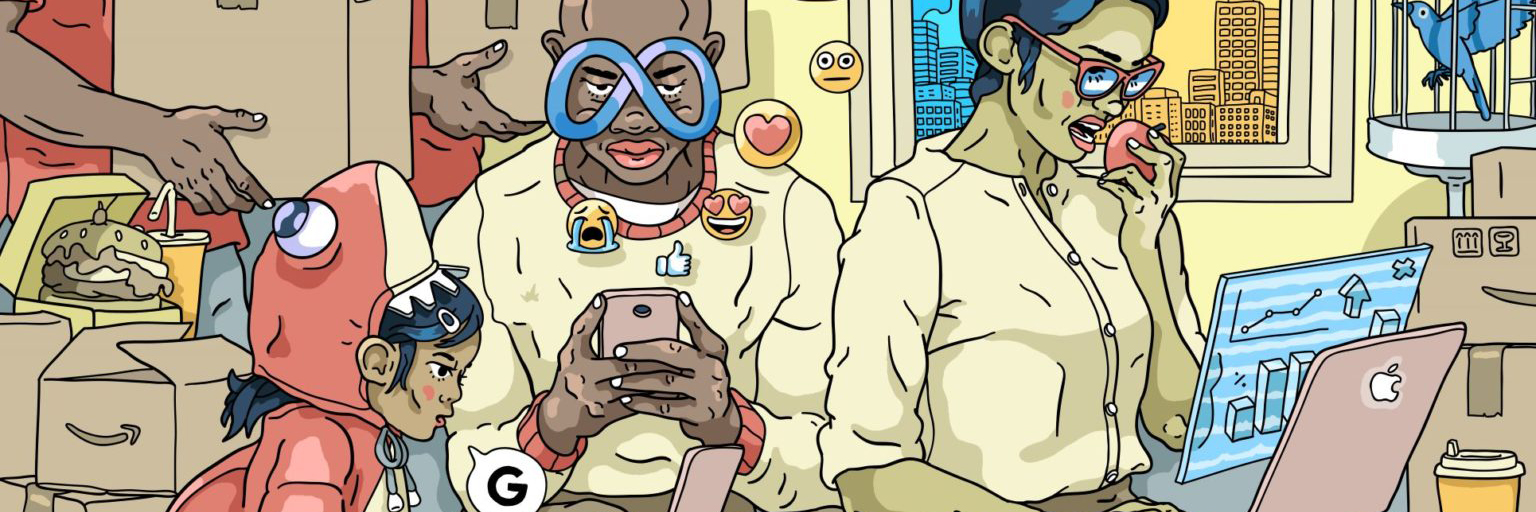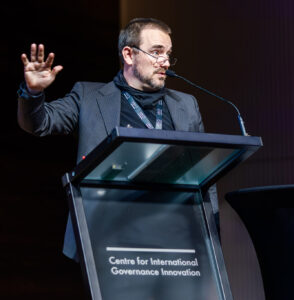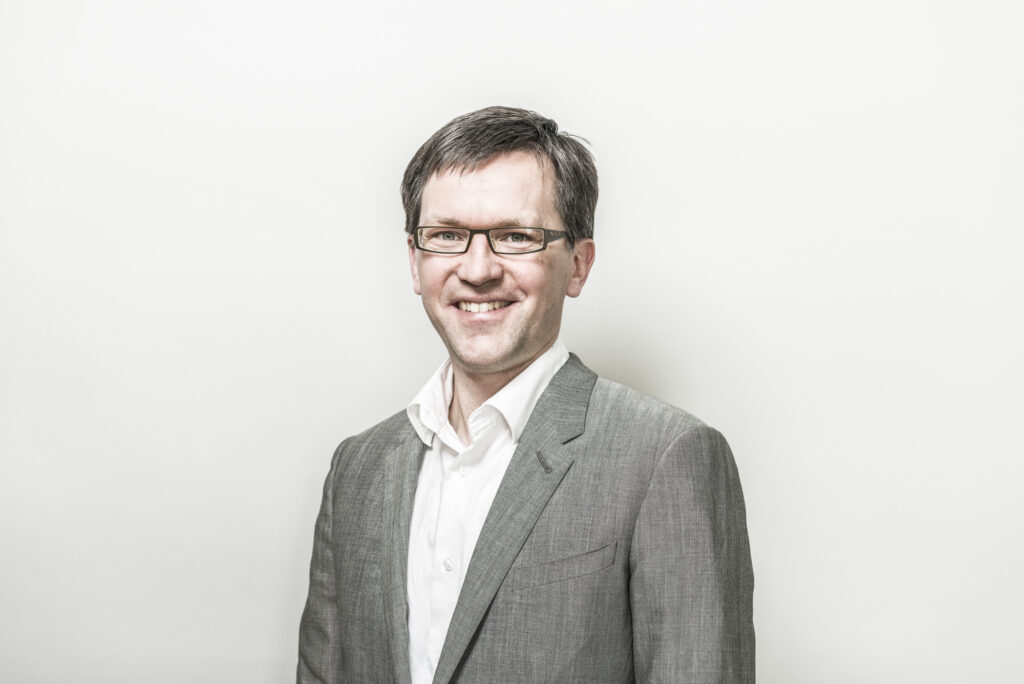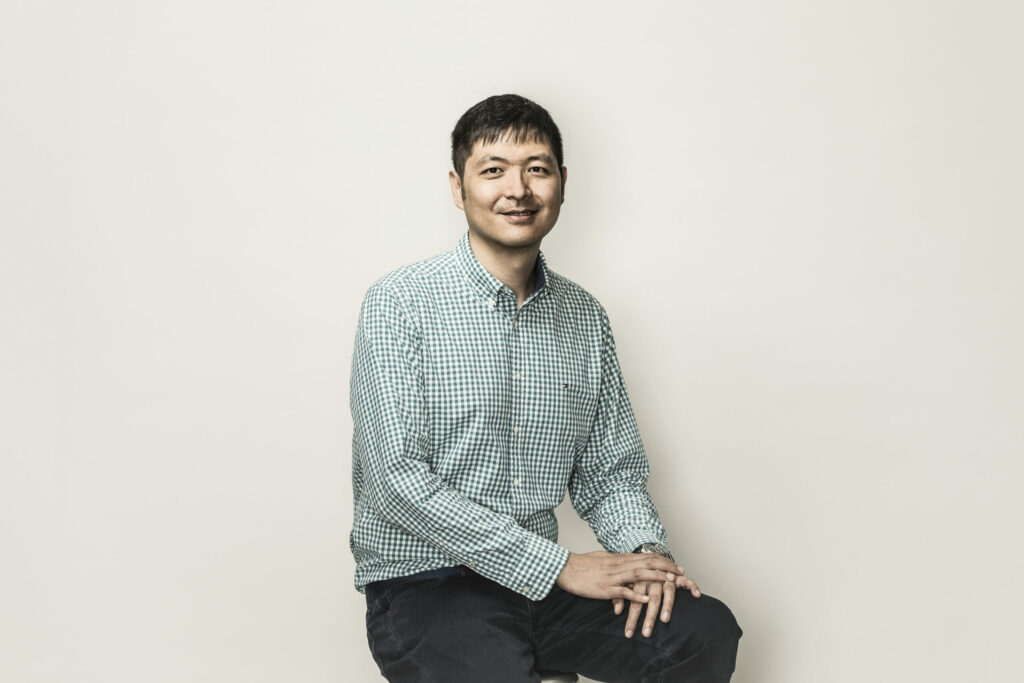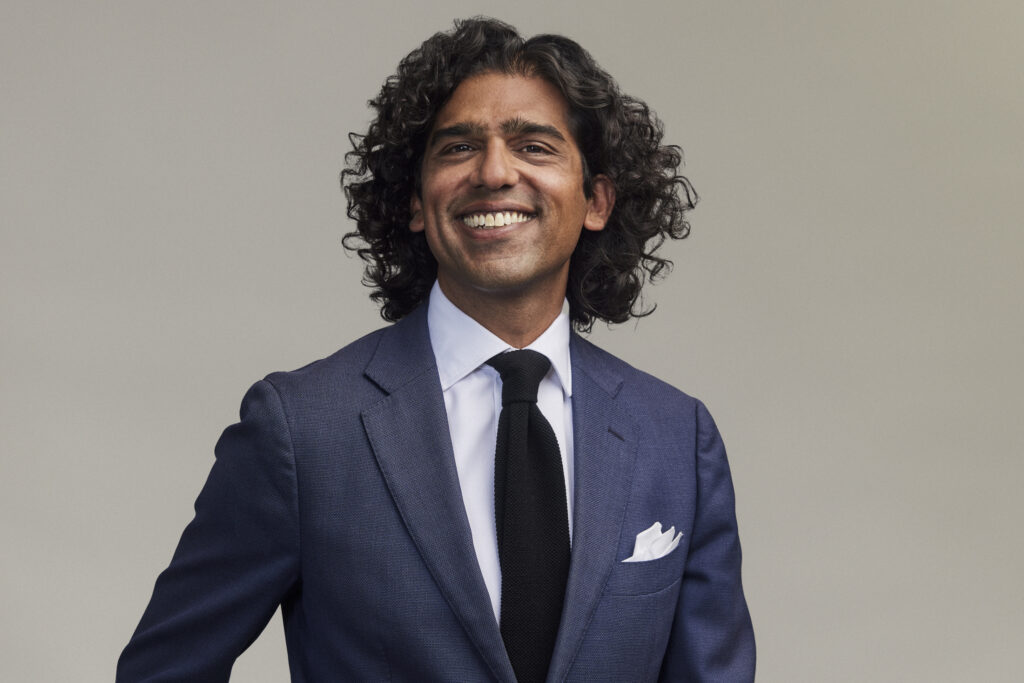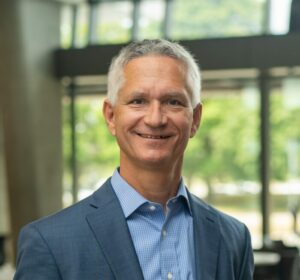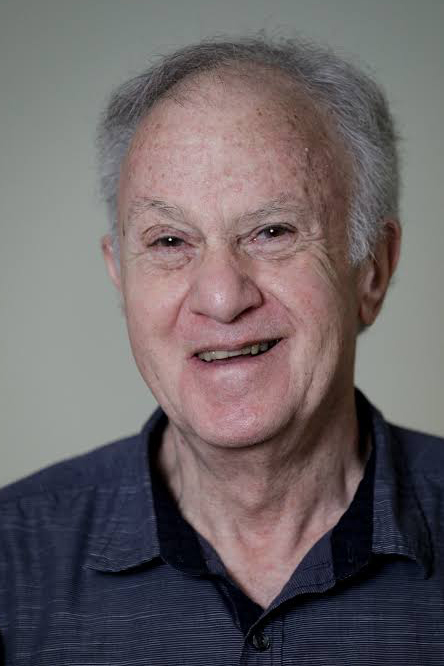Simone Pisana, an associate professor in the Electrical Engineering & Computer Science Department at York University’s Lassonde School of Engineering, recently made a fascinating, unexpected discovery concerning two unique layered crystals that could have a significant impact on the development of thermoelectric devices.
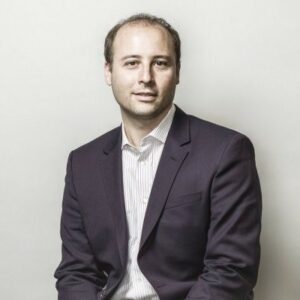
After examining thermal properties of two types of crystals – named rhenium disulfide and rhenium diselenide – with a special approach, Pisana and his graduate student Sina Tahbaz found that both materials exhibit an extremely valuable property known as thermal conductivity anisotropy.
Materials demonstrating this behaviour conduct heat differently depending on the direction of flow. For example, when heat flows across one direction of the material surface, it can exhibit high thermal conductivity, but when heat flows in another direction it can demonstrate low thermal conductivity.
Thermal conductivity anisotropy is a highly sought-after quality for many material applications, specifically the development of thermoelectric devices, like thermoelectric generators, that can recover waste heat and turn it into usable electric power. These generators are used in various niche applications, including space missions like the Mars Curiosity and Perseverance rovers.
By dissipating heat in one direction and blocking heat in another, materials exhibiting thermal conductivity anisotropy can also be used to improve the cooling efficiency of electronic components like sensors and lasers.
“To improve thermoelectric devices, it is beneficial to have a material that is both a good electrical conductor and bad thermal conductor,” says Pisana. “If we can figure out how to direct heat, we can help engineer materials that recover and reuse waste heat.”
Pisana’s groundbreaking discovery regarding rhenium disulfide and rhenium diselenide has the potential to advance the future of thermoelectric devices. However, before these materials can be put to good use, he wants to find the fundamental explanation behind his experimental results.
“This discovery is only the beginning of our work,” he says. “We don’t really have a good explanation for the behaviour of these materials yet.”
Much of the surprise behind the experimental results concerns the size of the anisotropy measured. In the case of rhenium diselenide, the thermal conductivity was found to vary by a factor of four within the crystal’s layers – this level of anisotropy has never been observed before.
“This discovery has really made us wonder: why are these materials exhibiting this behaviour; are there other materials that act like this; and how do we explain this?”
Now, the professor and his graduate students are preparing for complex research ahead, working backwards from their experimental findings to establish an accurate scientific theory.
“Heat transport is very difficult to accurately model down to atomic dimensions, so coming up with a theory behind the behaviour of these materials won’t be easy,” he says. “We are performing some computations with the help of Digital Research Alliance Canada to support our work. Even with advanced supercomputers it can take hours of computing for a small set of calculations. This project is going to require us to invest a lot of time and labour.”
This work is presented in the paper “Extreme in-plane thermal conductivity anisotropy in Rhenium-based dichalcogenides,” published in the Journal of Physics Materials as part of a special emerging leaders initiative. Being classified among other leading researchers has allowed Pisana’s work to gain increased recognition among broad scientific communities.
Learn more about this research on Pisana’s Heat Transport in Electronic Devices Lab web page.




